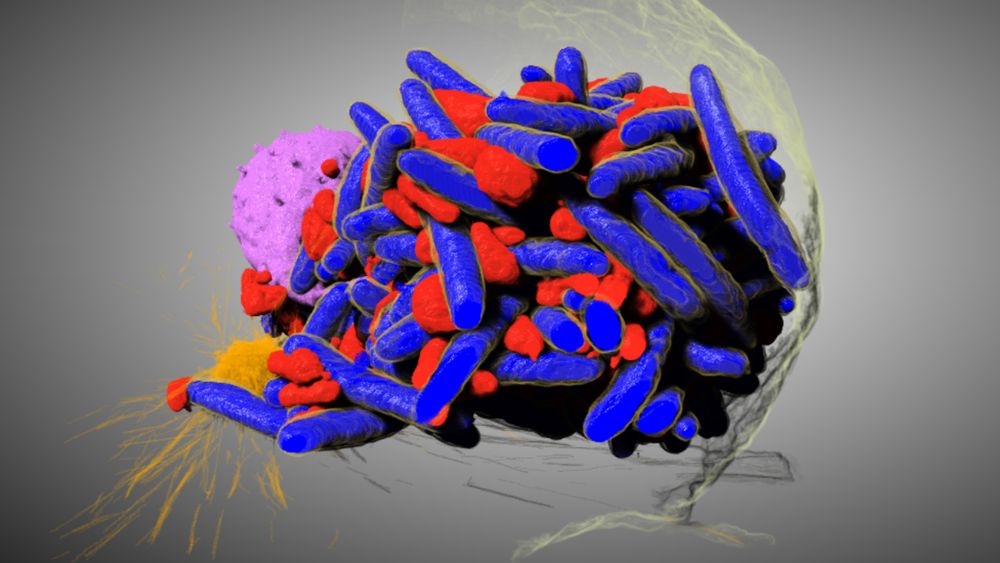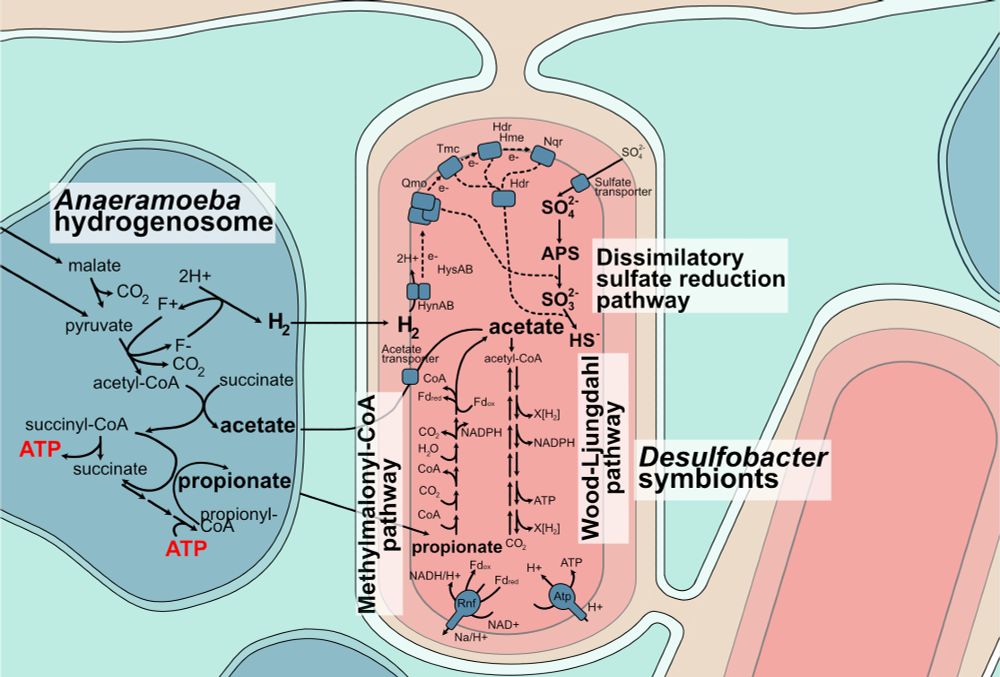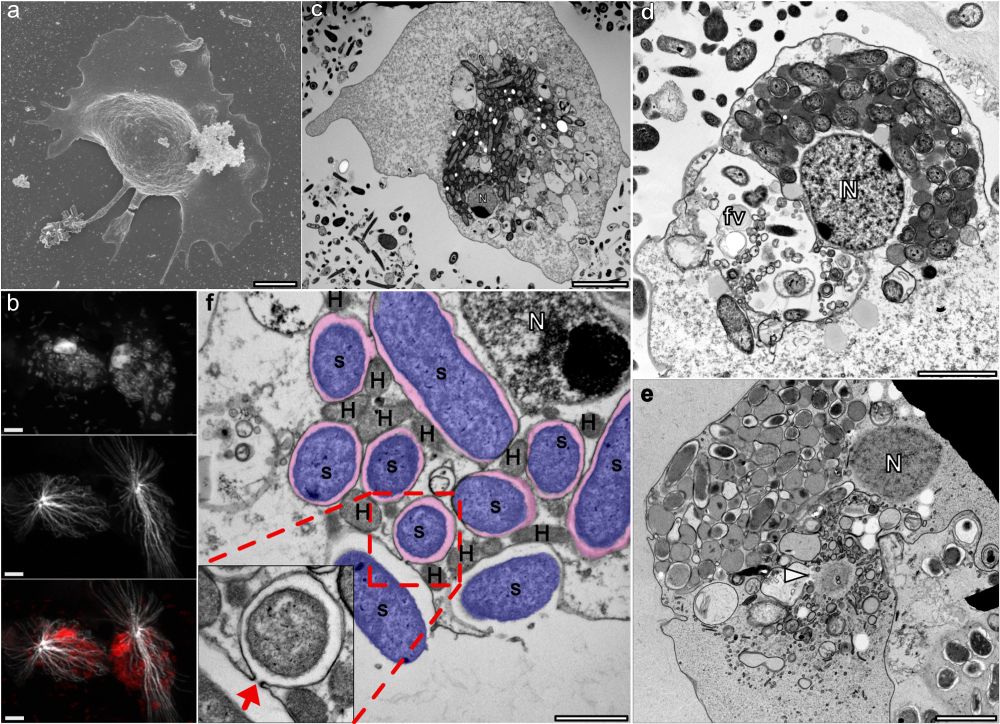Jon Jerlström Hultqvist
@jonhultqvist.bsky.social
480 followers
500 following
14 posts
Researcher at Uppsala University interested in the evolution of microbes.
Posts
Media
Videos
Starter Packs






